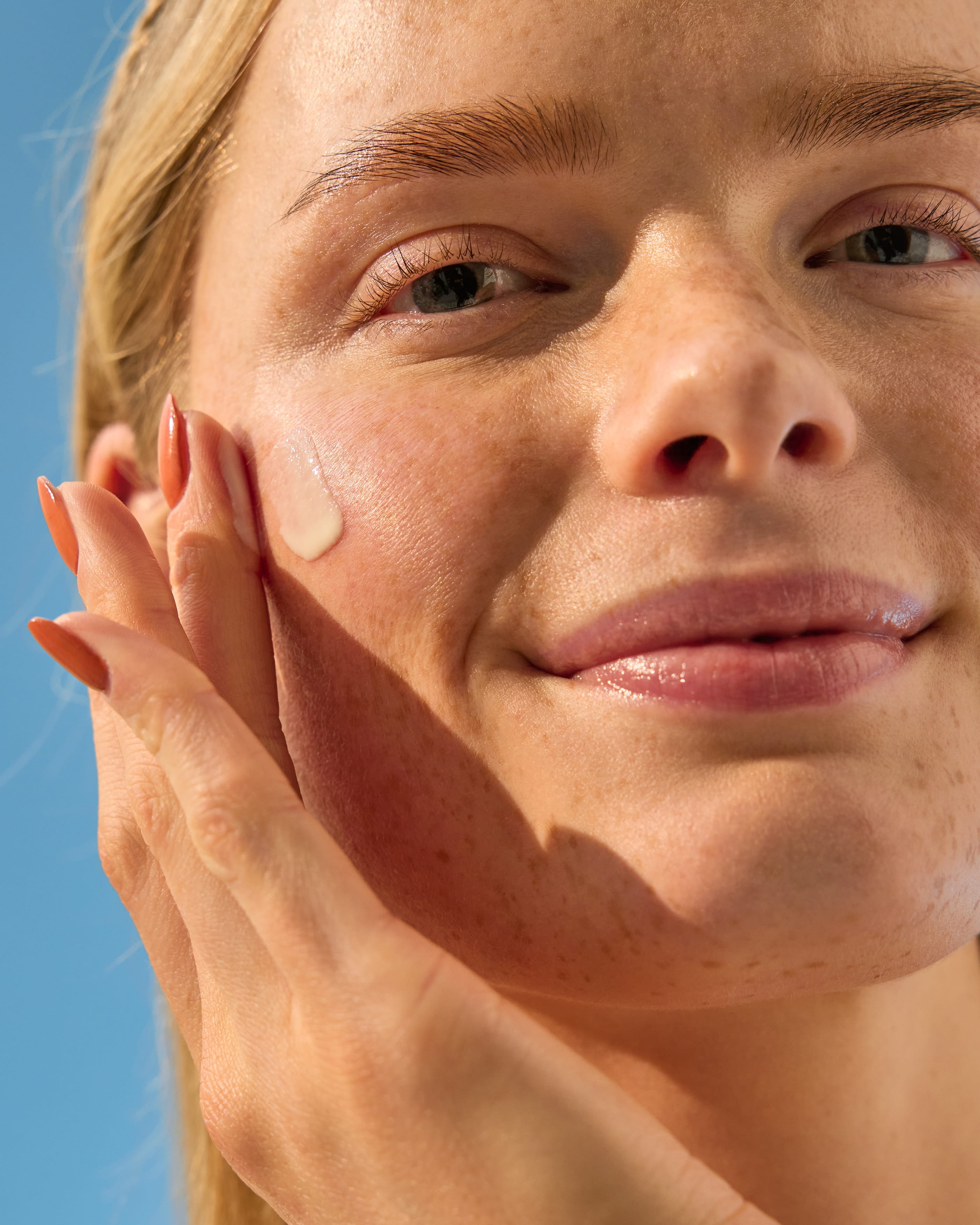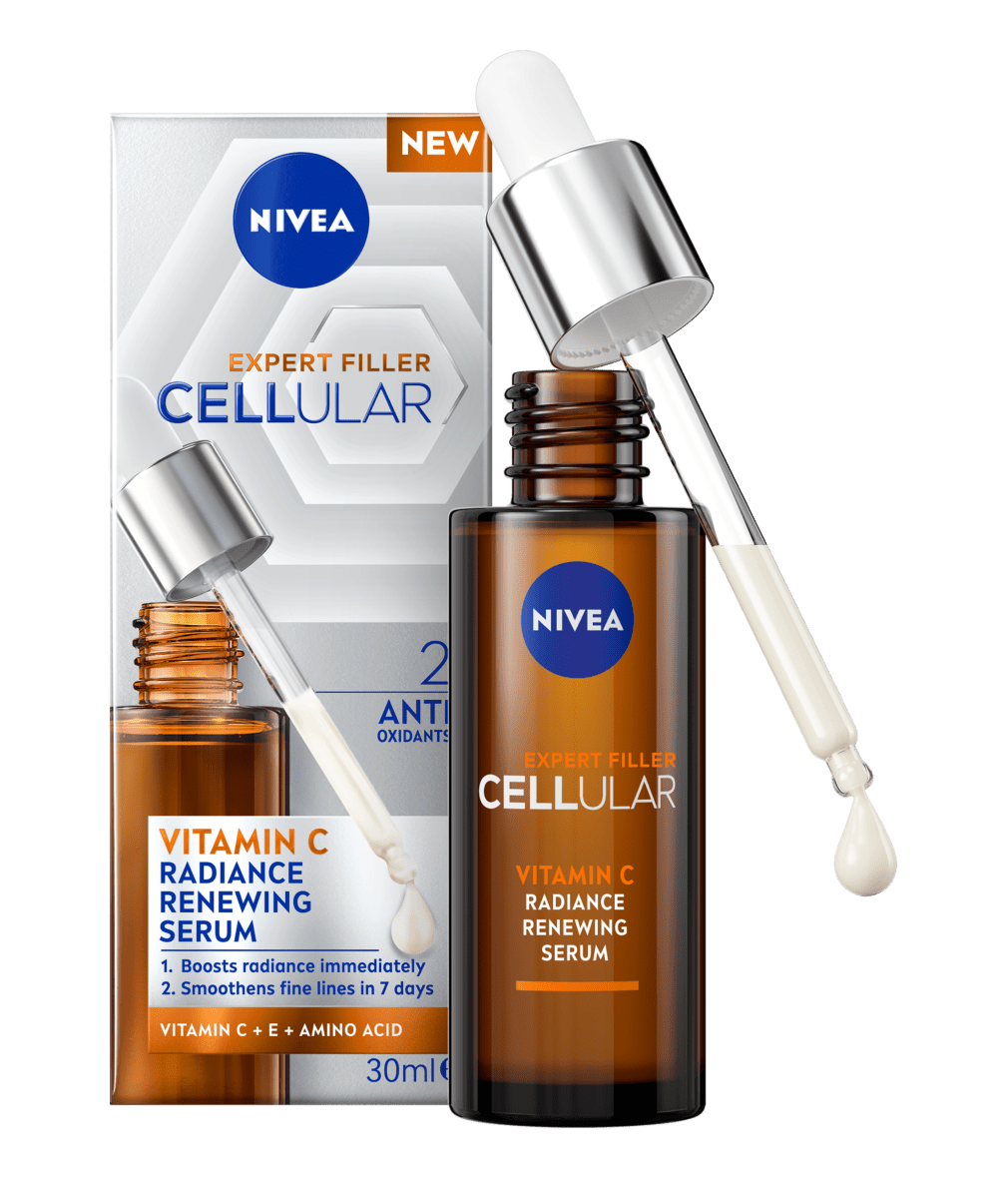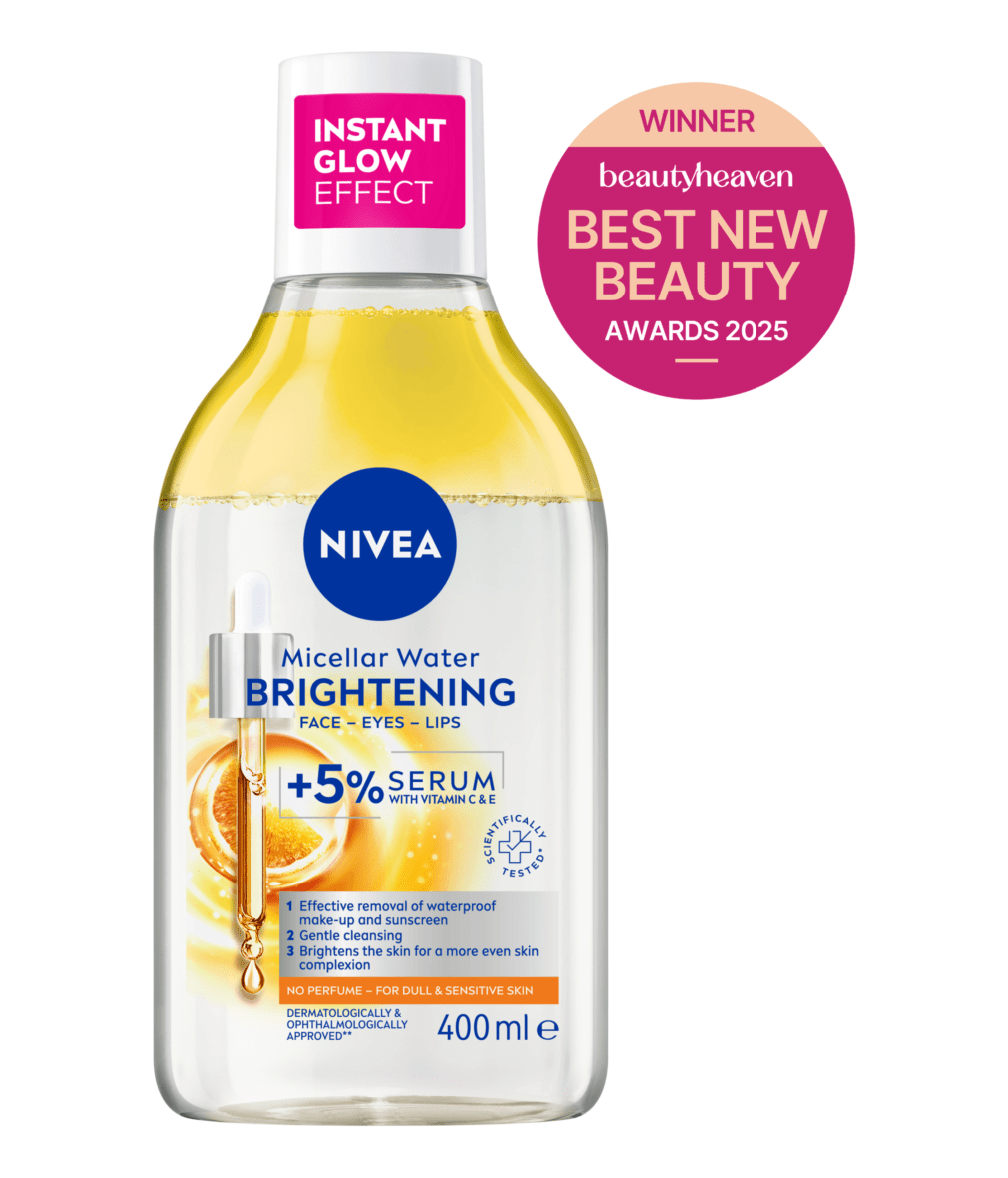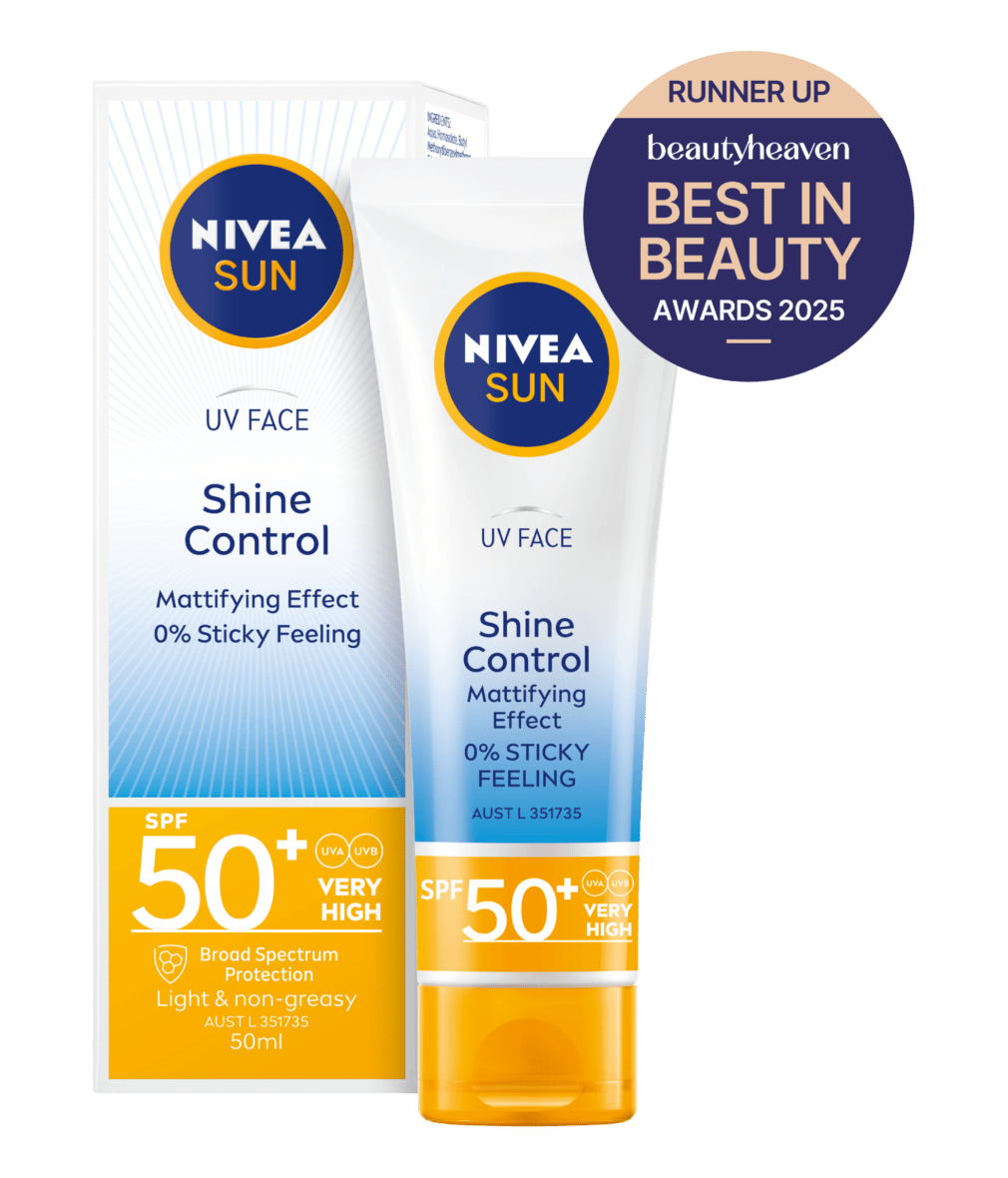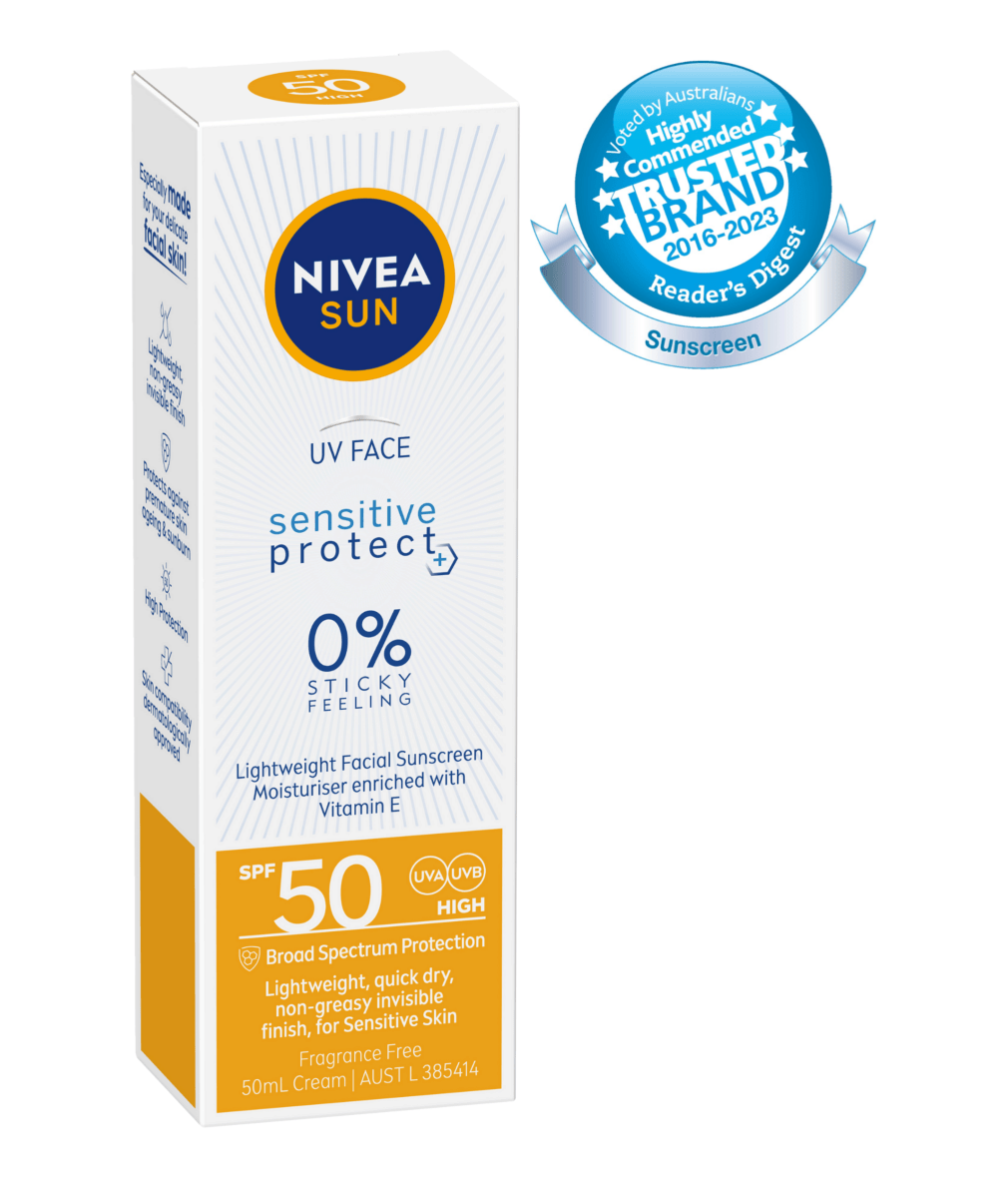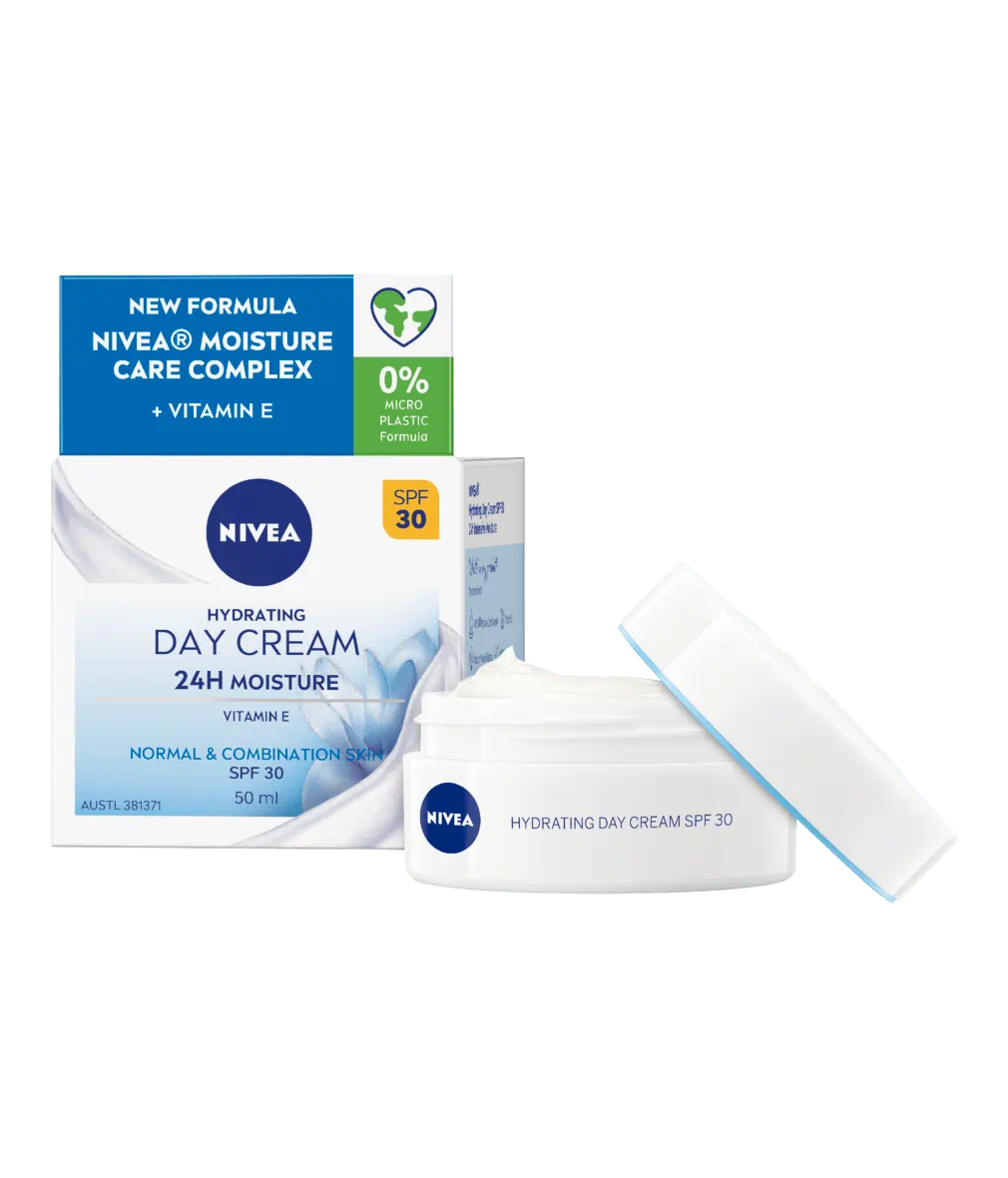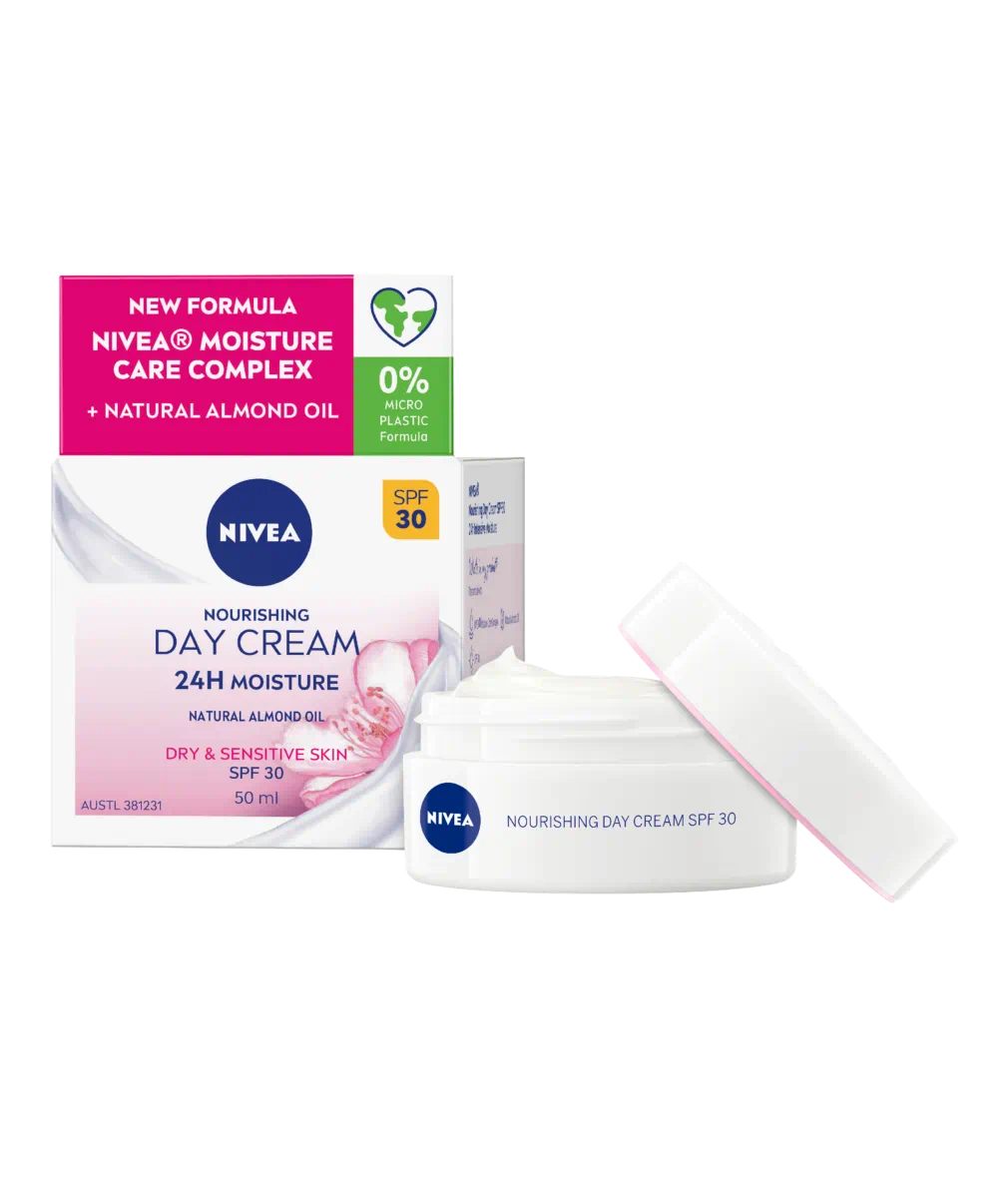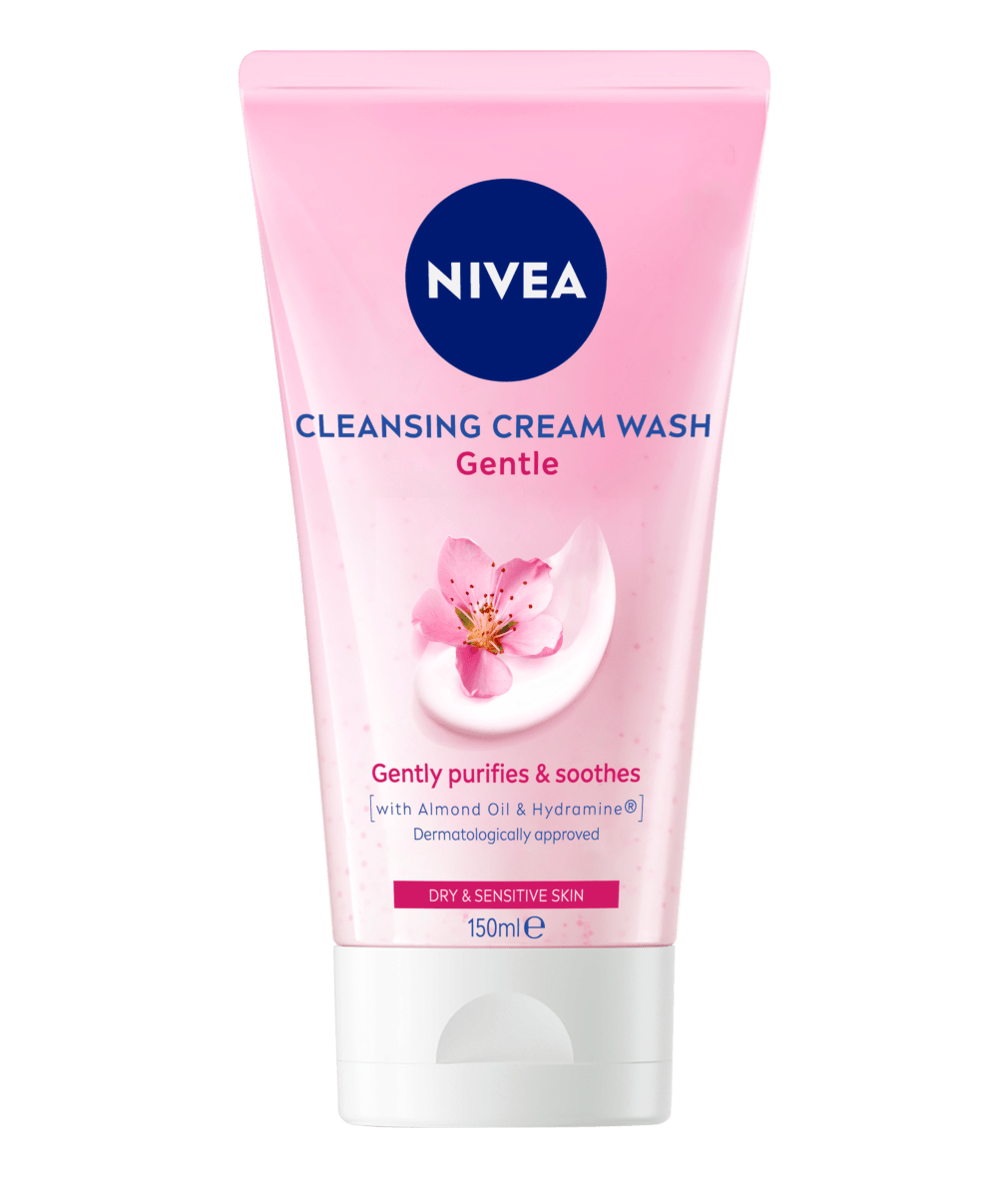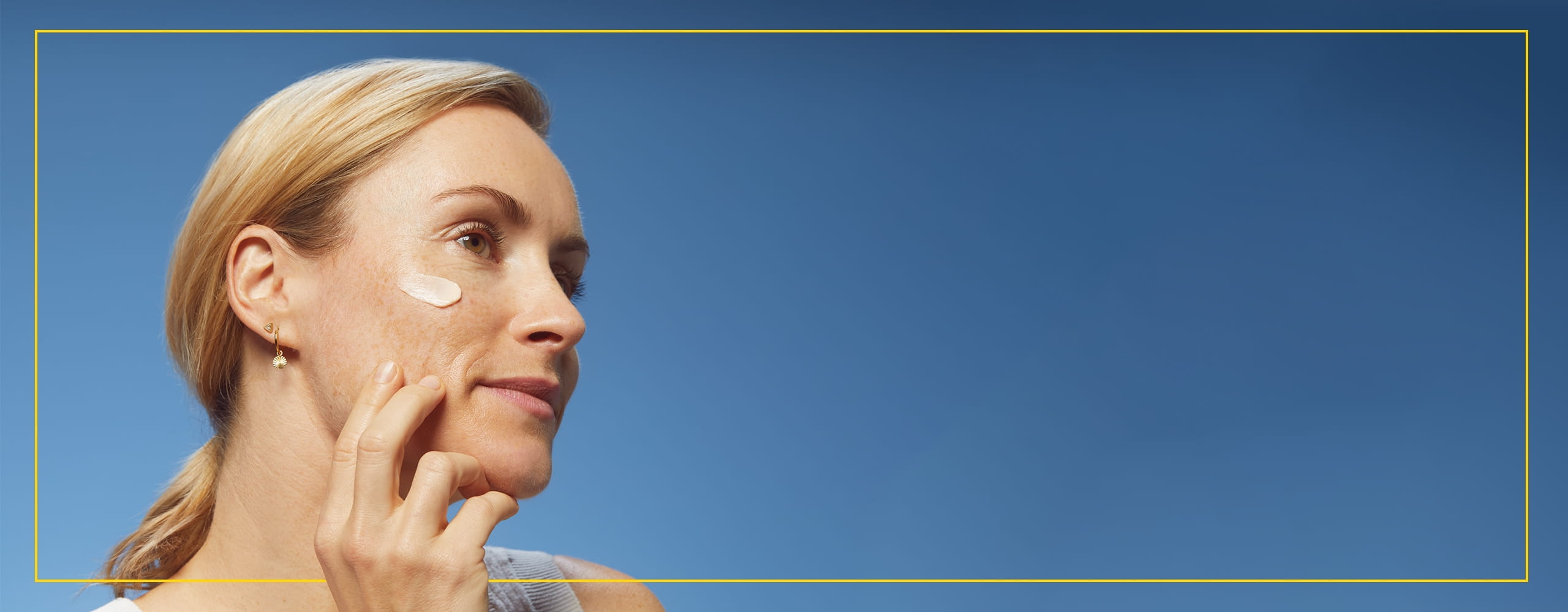
Hyperpigmentation: Complete Guide to Causes, Treatment & Prevention
Hyperpigmentation is where patches of skin become darker than the surrounding areas due to excess melanin production. Whether caused by sun exposure, hormonal changes, or inflammation, it’s something many people experience. At NIVEA, we offer gentle, effective solutions to help restore your skin’s natural radiance and even tone.
What Is Hyperpigmentation?
Hyperpigmentation is a common skin condition where certain areas of the skin appear darker than others. This happens when your skin produces excess melanin, the natural pigment responsible for your skin, hair, and eye colour. Melanin acts as a defence mechanism, increasing in response to triggers like sun exposure, hormonal changes, inflammation, or skin injuries.
On lighter skin tones, hyperpigmentation often shows up as brown or red patches, while on darker skin, it may appear as deeper brown or black spots. It can affect anyone, regardless of age or skin type, and may occur on the face, hands, arms, or other sun-exposed areas.

